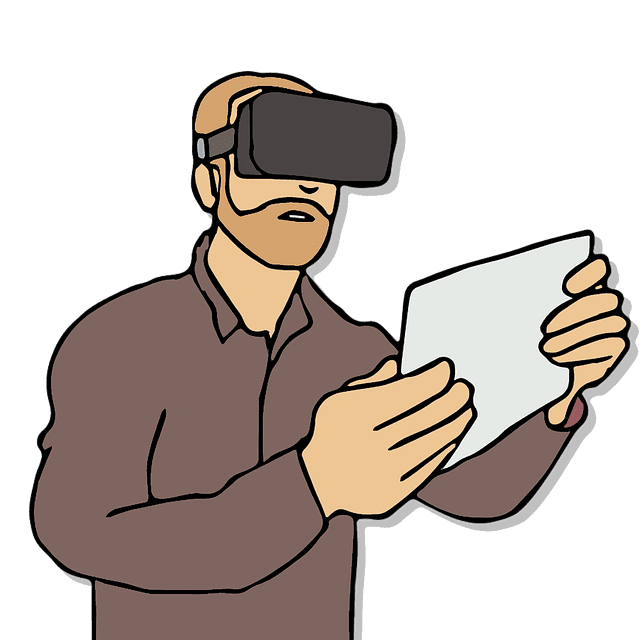Executive Summary
- Augmented reality (AR) and virtual reality (VR) have seen a significant rise in popularity in recent years, including applications catalyzed by the pandemic due to social distancing restrictions.
- Once considered niche products in the entertainment and gaming industry, AR/VR is seeing expanded use in many industries including education, health care, and marketing.
- Some have expressed concern regarding privacy and safety issues as the adoption of AR/VR technology for general use grows, especially for wearables such as glasses.
- Some privacy and safety concerns can be addressed through the development of informal social norms and by innovators and consumers, while others may require more formal policy action.
Introduction
The introduction of social distancing during the coronavirus pandemic has spurred further adoption of digital tools that reduce the need for physical interaction. Once niche products used exclusively for entertainment and video games, augmented reality (AR) and virtual reality (VR) technologies have increasingly been employed by a wide range of sectors—from education and health care to retail and real estate—to provide users with an enhanced remote experience.
But as AR/VR are more widely adopted, some are expressing concern about privacy and safety issues related to the technologies. Google’s Google Glass, the first major introduction of wearable AR glasses, brought to light some of the major concerns in the widespread adoption of these technologies. These include the potential for non-consensual capture of photo and video, face recognition data collection and management, potential for malware, and potential distractions for drivers wearing the device. Due to these concerns, Google Glass failed to gain traction in the general consumer market. The product experience did, however, provide the industry with valuable insights, and it has adapted and evolved to address these concerns while further experimenting with new applications of the technology beyond its original intent.
The success of AR/VR will depend on consumers accepting the way innovators and policymakers allow applications of this technology to develop. Current laws and regulations regarding data privacy might slow the adoption of these technologies, as it can prevent them from capturing and processing basic data needed for their core functions. This primer explores the current state of AR/VR technologies, the benefits from expanding its implementation, and how policymakers and innovators may address the concerns regarding this expansion.
The Evolution of AR/VR
In recent years, there has been increased implementation of augmented reality and virtual reality technology in various devices for general use. These technologies have provided an “extension” of reality, by providing sensorial …….
